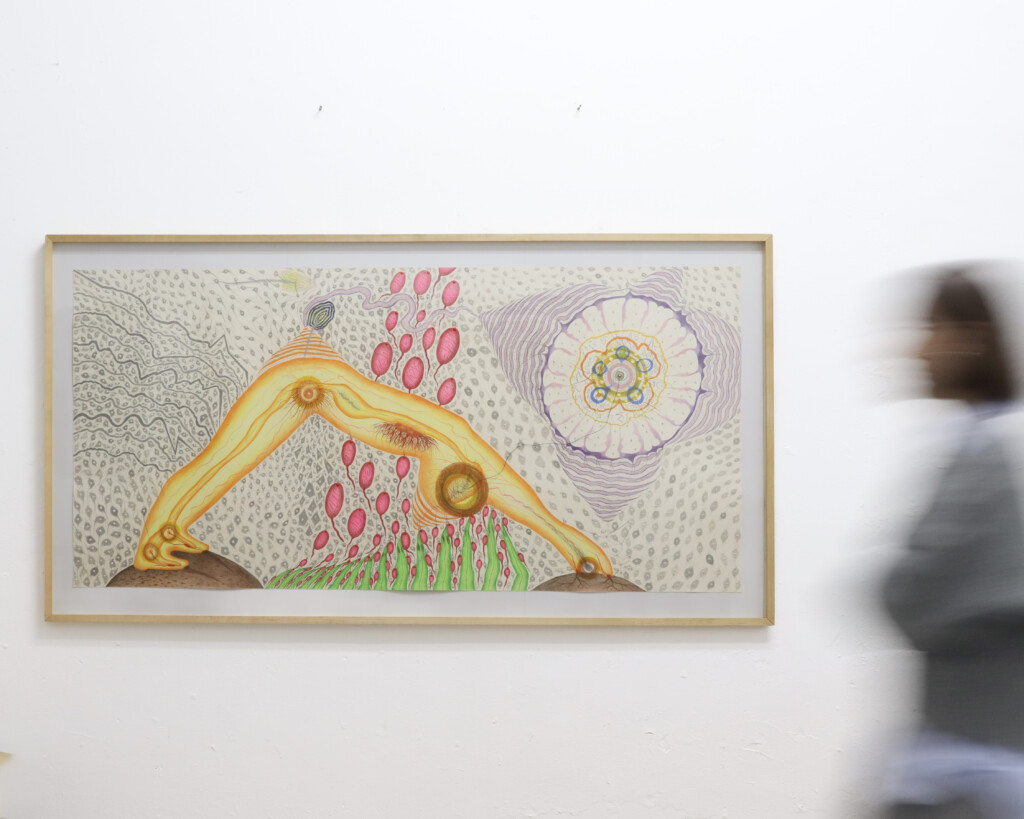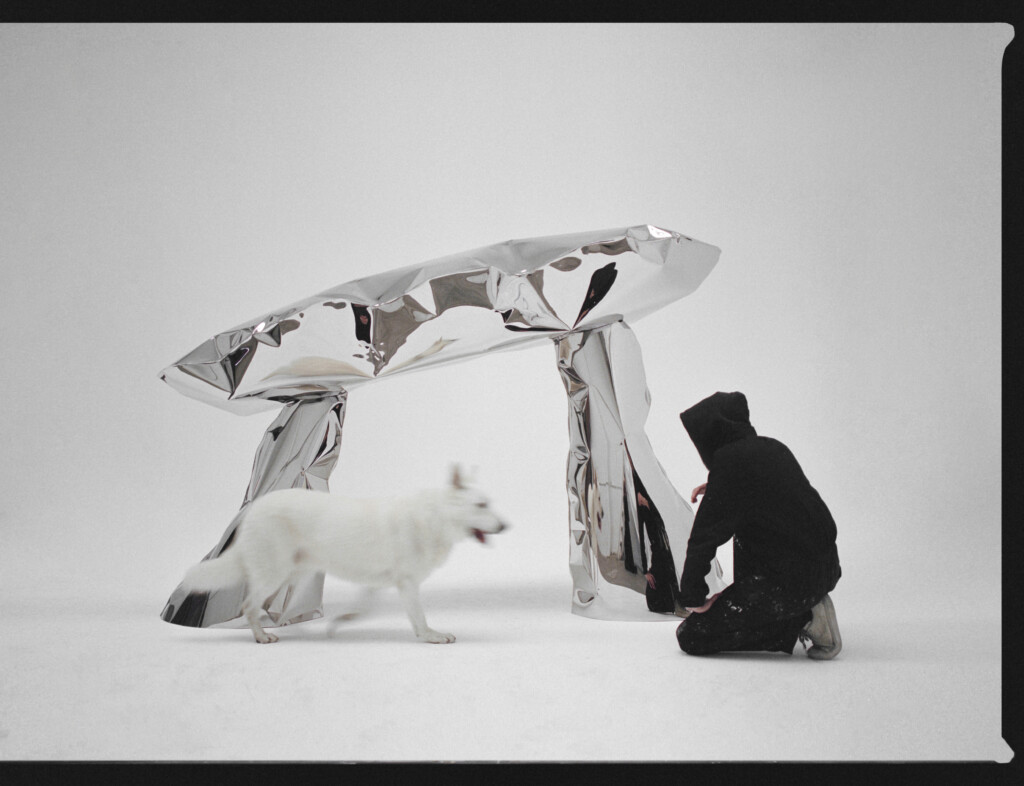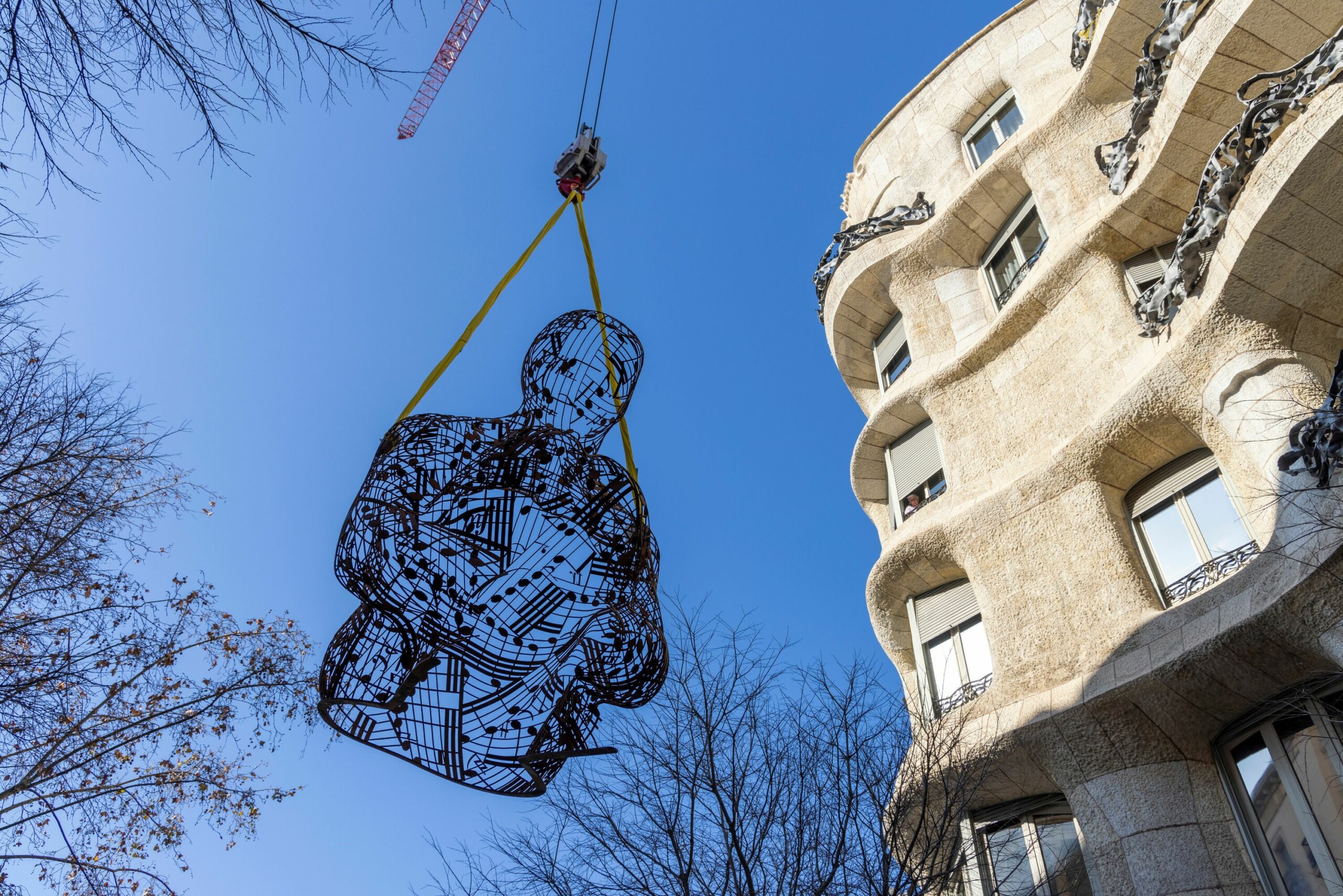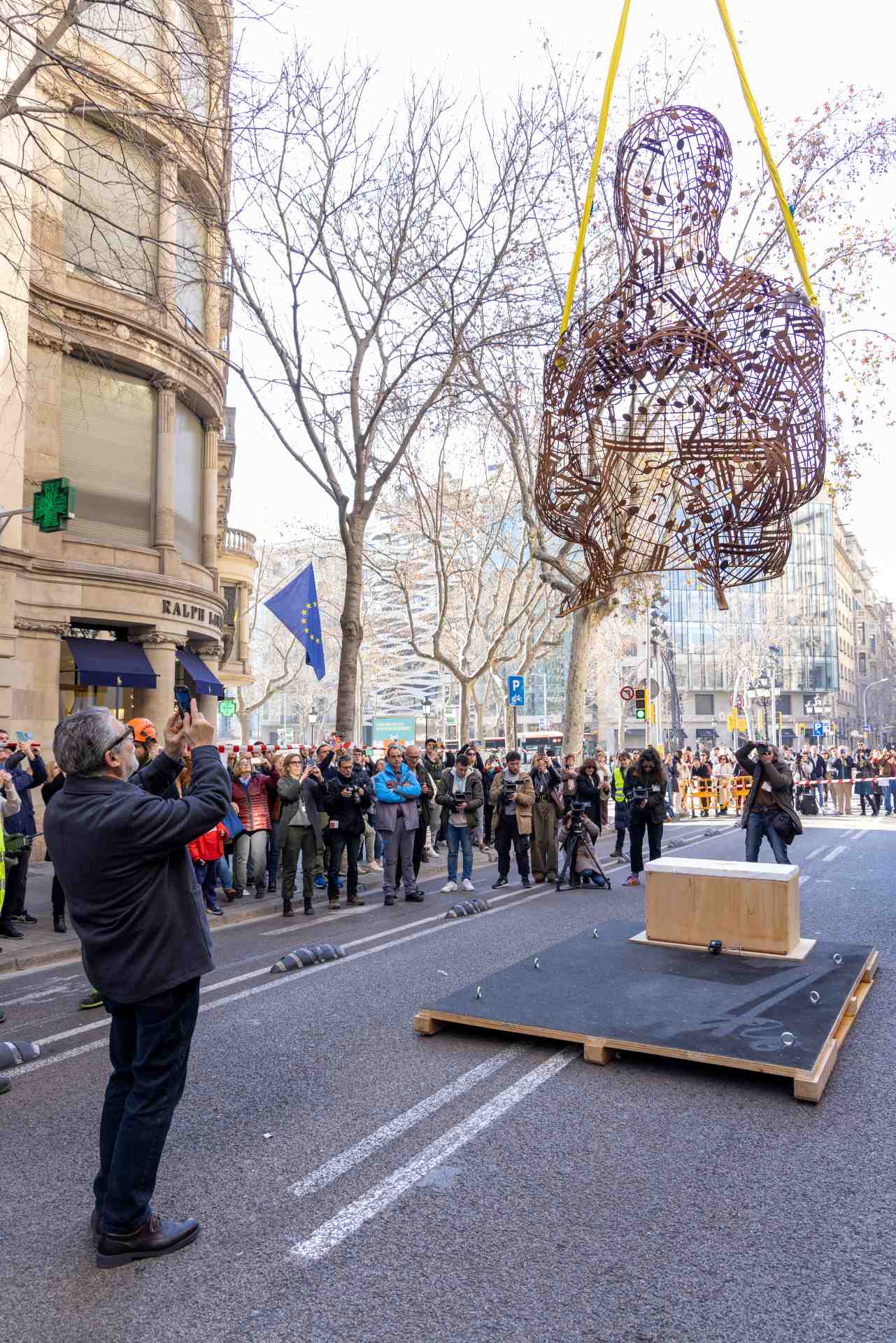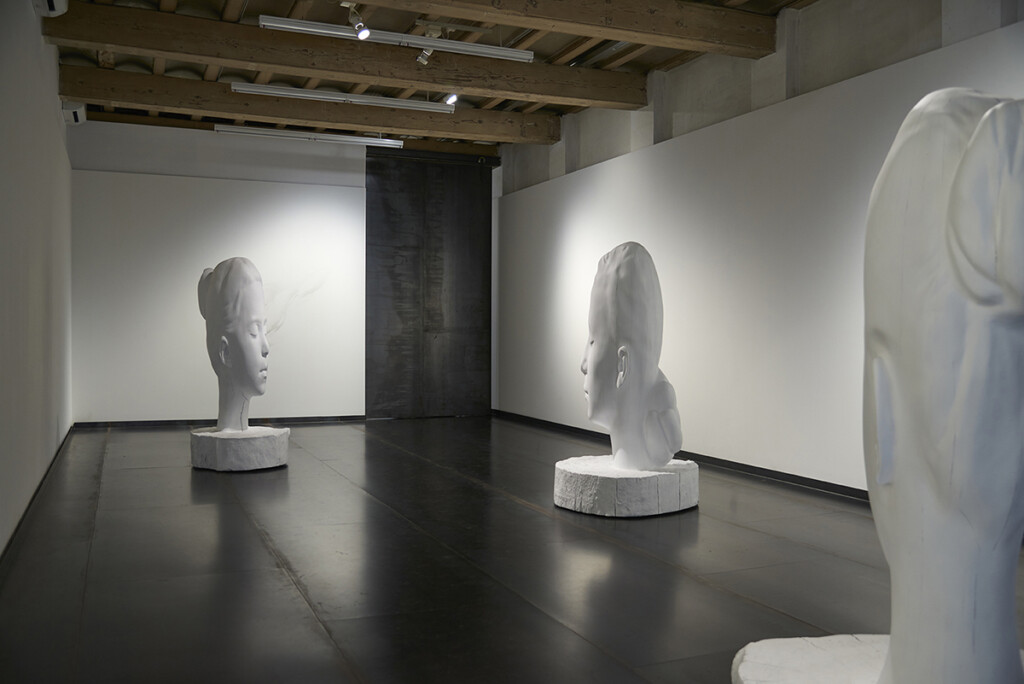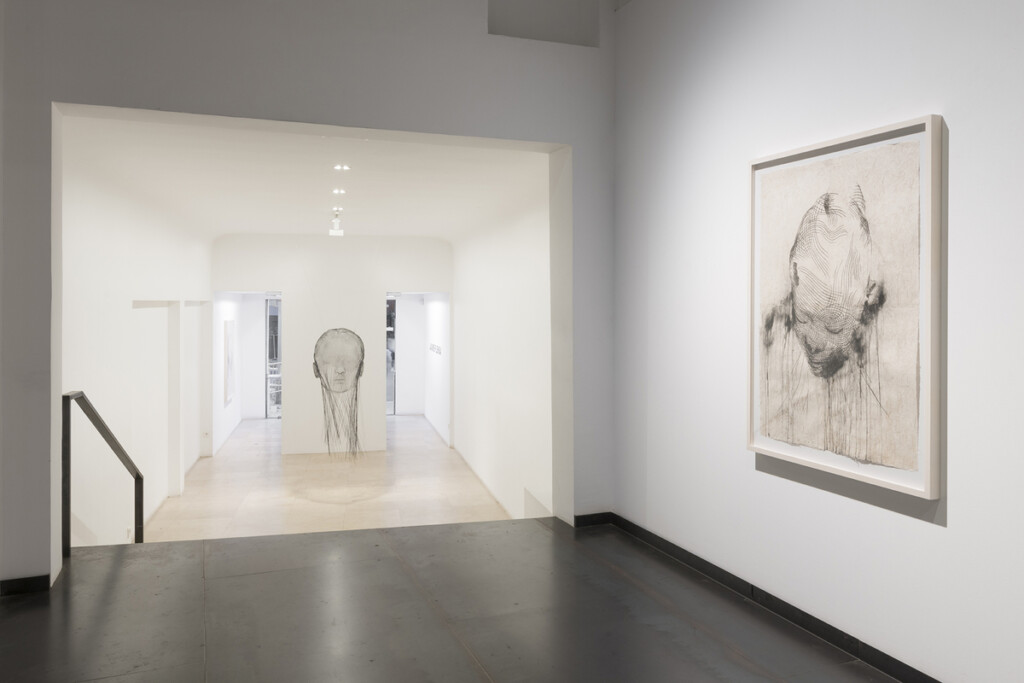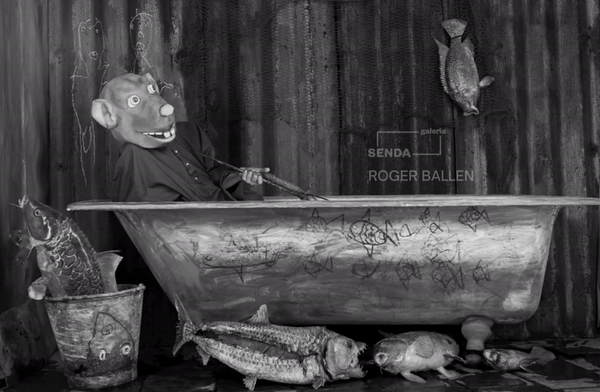- No products in the cart.
Moda y arte en la ciudad condal with GINO RUBERT
La llegada del otoño a Barcelona siempre trae consigo un aire de vanguardia, creatividad y tendencia. Como cada año por estas fechas, la ciudad se prepara para vivir uno de los eventos más esperados en el ámbito de la moda: la 080 Barcelona Fashion Week, que se celebrará del 14 al 17 de octubre. La semana de la moda catalana no solo destaca por ser una plataforma clave para diseñadores emergentes y consagrados, sino también por su capacidad de conectar la moda con otras disciplinas artísticas.
Este evento coincide con dos exposiciones que nos invitan a explorar el mundo de la moda desde dos perspectivas únicas.
“Cariàtides” de Gino Rubert en galeria SENDA: El arte de la indumentaria
La primera parada artística relacionada con la 080 Fashion Week es la exposición “Cariàtides” del pintor Gino Rubert, expuesta en la galeria SENDA. Rubert es conocido por su capacidad de explorar las emociones humanas a través de figuras que rozan lo surrealista. En esta ocasión, su enfoque pone especial atención en un aspecto fundamental del universo de la moda: la construcción de las prendas.
En “Cariàtides“, Rubert juega con texturas, pliegues, alfileres sobre el lienzo e, incluso, piezas de joyería, creando una conexión simbólica con el proceso artesanal de confeccionar ropa. A través de sus obras, se percibe cómo el pintor utiliza la tela como un material moldeable, donde cada pliegue y cada costura se vuelven elementos cruciales para la construcción de la figura femenina. Este acto de construir prendas en el lienzo refleja el minucioso trabajo de los diseñadores de moda y su atención al detalle en la creación de piezas que son tanto artísticas como funcionales.
Así como un modista crea prendas que visten cuerpos, Rubert viste sus figuras femeninas de “Cariàtides” a través de su pincel, utilizando los materiales como metáfora de la conexión entre el arte pictórico y el arte del vestir.
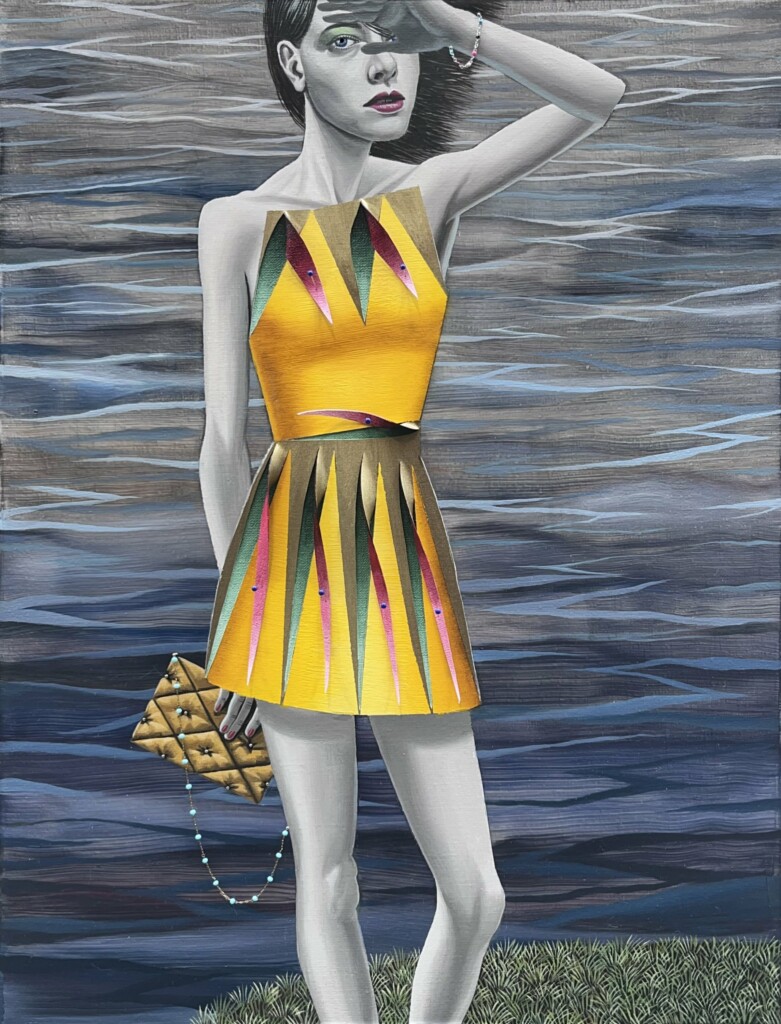
“Into the river” (2024). 54 x 41 cm

“La Tempesta” (2024). 73 x 65 cm. Detalle
“Dos + Uno. 1984/2024” de José Manuel Ferrater en LAB 36: El tiempo y la moda a través de la fotografía
En LAB 36, otra exposición complementa el espíritu de la 080 Barcelona Fashion Week, pero desde una perspectiva fotográfica. José Manuel Ferrater, afamado fotógrafo de moda, presenta “Dos + Uno. 1984/2024”, una retrospectiva que ofrece un fascinante diálogo visual entre diferentes épocas de su carrera.
La muestra consiste en una contraposición de imágenes icónicas de 1984 y sus antagónicas tomadas en la actualidad, permitiendo al espectador viajar a través del tiempo y observar cómo han evolucionado tanto la moda como la fotografía misma. Ferrater, conocido por su capacidad de capturar la esencia del mundo de la moda con su lente, nos ofrece una reflexión sobre los cambios estilísticos y culturales a lo largo de los años.
A través de su obra, vemos cómo los ideales de belleza, los estilos y las tendencias han mutado con el paso de las décadas, pero también cómo algunos elementos perduran. La moda se presenta no solo como una forma de expresión personal, sino también como un reflejo de los tiempos que vivimos. La exposición es, en esencia, un diálogo entre el pasado y el presente, entre la nostalgia de las épocas doradas de la moda y la constante innovación del mundo contemporáneo.
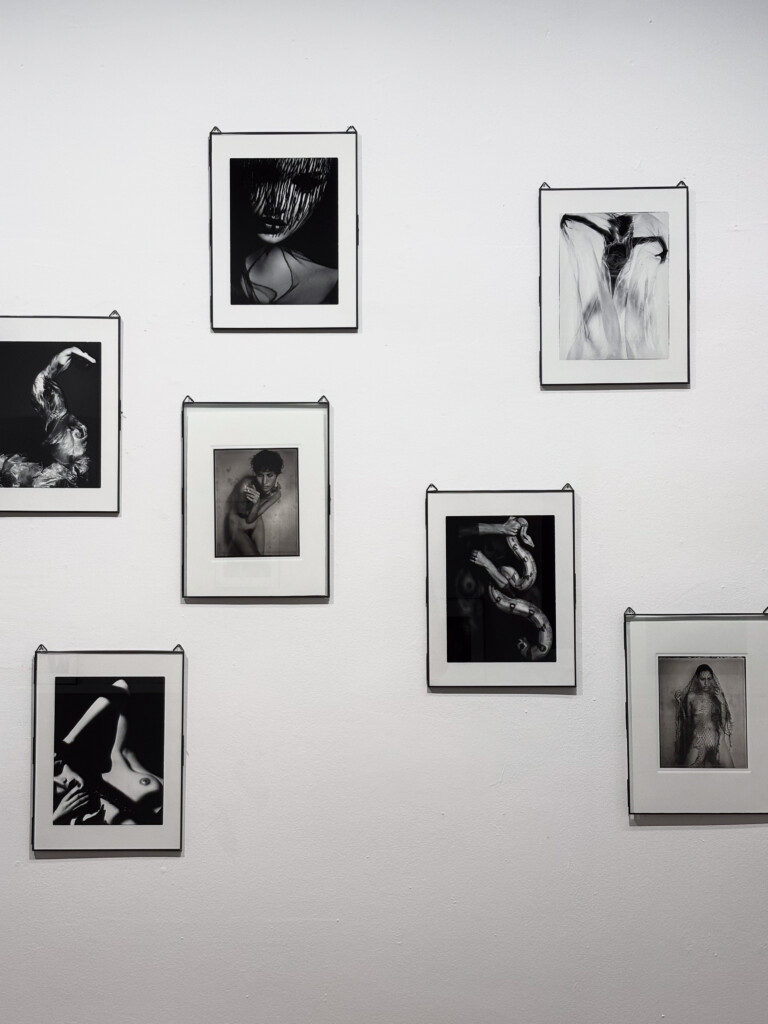
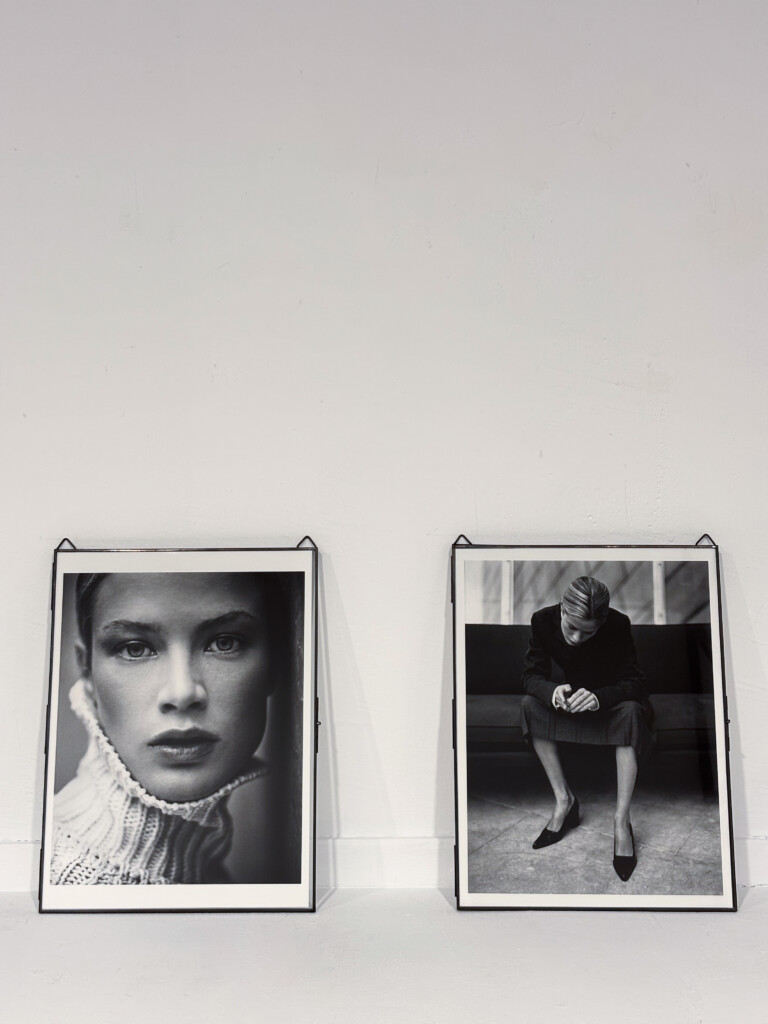
Vista de sala. “Dos + Uno. 1984/2024”
El diálogo entre moda y arte: Un encuentro inevitable
Ambas exposiciones, en su relación con la moda, encuentran un terreno común: la noción de la moda como arte en sí misma. Rubert y Ferrater, desde sus respectivas disciplinas, exploran y celebran la moda como un medio para expresar y desafiar convenciones. Mientras que Rubert se enfoca en la construcción meticulosa de prendas como un acto artístico y escultórico, Ferrater documenta la moda en su contexto sociocultural, inmortalizando momentos y tendencias que han definido épocas.
Este diálogo entre arte y moda se vuelve aún más relevante en el contexto de la 080 Barcelona Fashion Week, un evento que tradicionalmente ha buscado desafiar las barreras entre disciplinas. En un momento en que la moda se enfrenta a una constante demanda de innovación y sostenibilidad, las exposiciones de Rubert y Ferrater nos recuerdan que la moda no es solo tendencia, sino también un arte profundamente ligado a la expresión creativa.

























































































